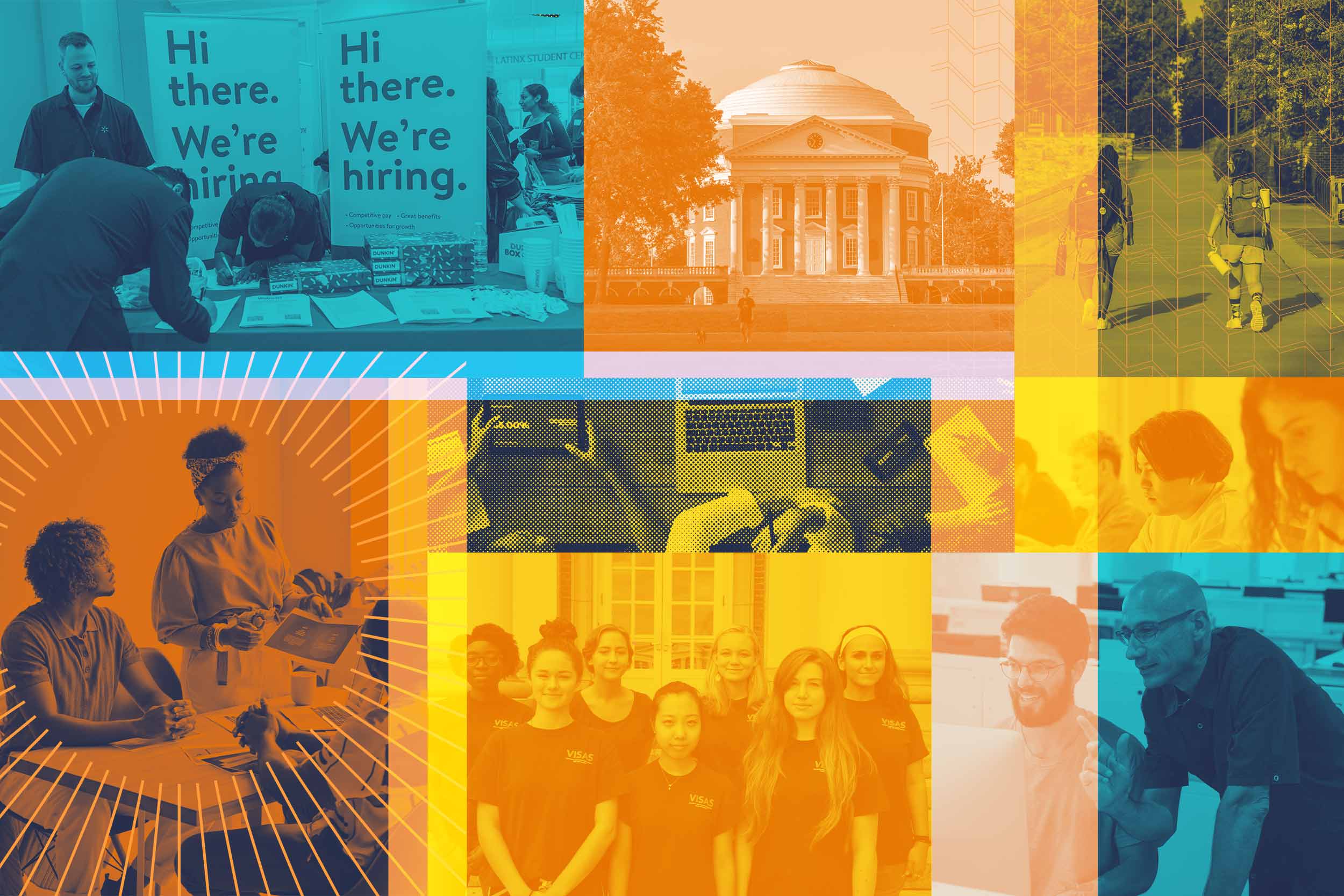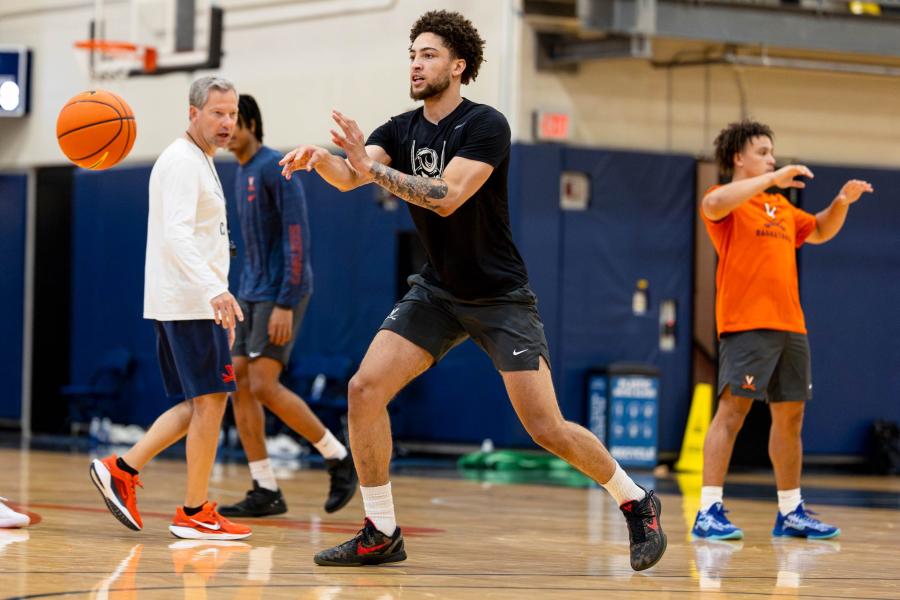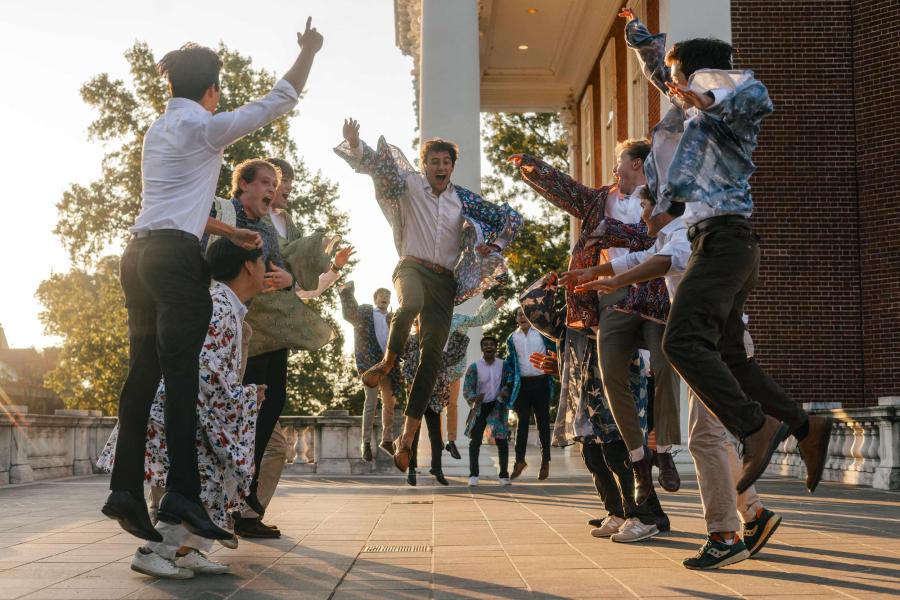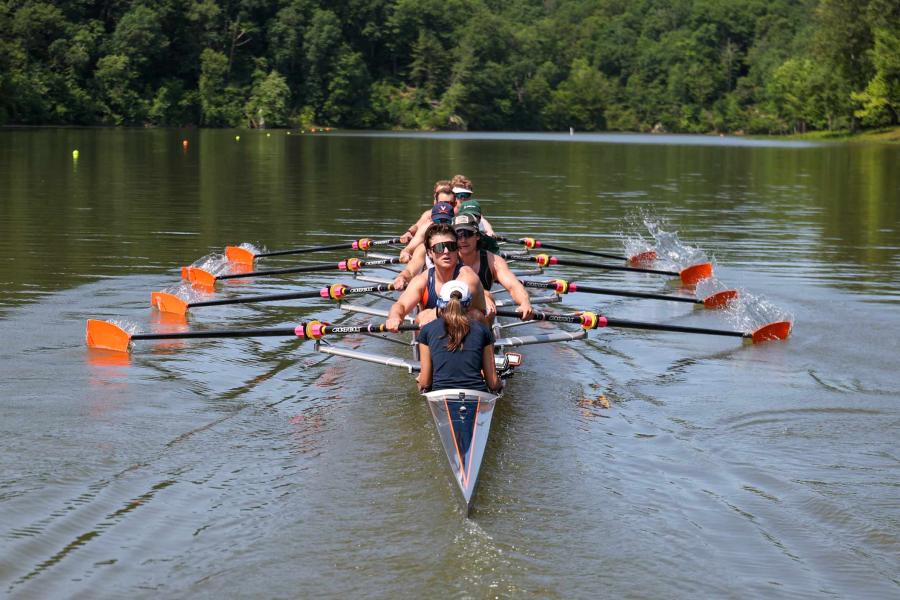In addition to the single application process, UVA’s Internship Placement Program is unique because it also has an academic component. In a one-credit class, students have the opportunity to reflect on their internship experience. The program is offered three times a year, in the fall, spring and summer.
For the summer phase, the internship is followed by a course the following fall. Full-time students are eligible to participate.
The deadline to apply for these summer internships is March 31.
More Opportunities
David Lapinski, the Career Center’s director of employer relations and experiential education, said the positions offered by the center are not “conversion internships,” when brief employment oftentimes results in a full-time job offer.
He said UVA has “hundreds and hundreds” of students participating in those types of internships with larger companies.
“You might think of Goldman Sachs, which has a very robust banking internship program, or Capital One, or consulting firms like Accenture or Bain,” he said.
Students apply for those types of internships throughout the fall and spring semester. “Then they go work those internships in the summer with the goal that that is going to convert to a full-time job,” he said.
UVA also facilitates “micro-internships,” short-term opportunities with businesses.
“The organization could say, ‘You know what? We just don’t have that managerial structure or the time to host a student for 14 weeks,” Lapinski explained.
But a company may have a hyper-focused project that could offer a good student experience, be it three weeks or 10 hours. And those could happen anytime during the school year and summer.
Another group of students self-source internships. “Typically, that’s going to be with nonprofits. It’s going to be museums,” Lapinski said. “It’s going to be with environmental organizations or government agencies … a lot of organizations that don’t tend to have the funding” to pay an intern.



.jpg)


